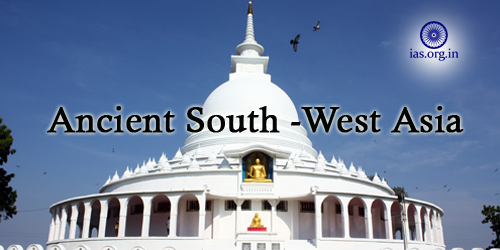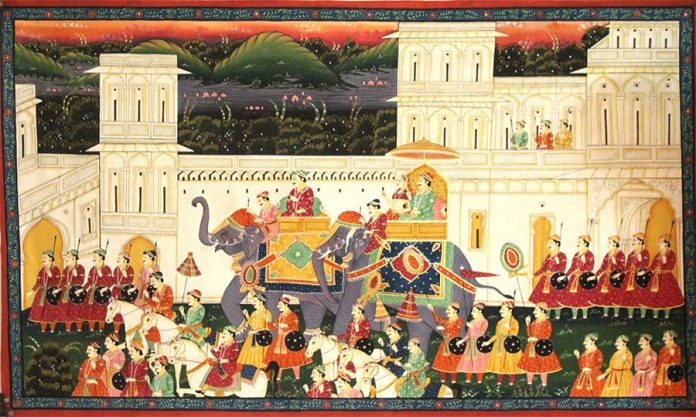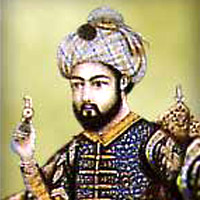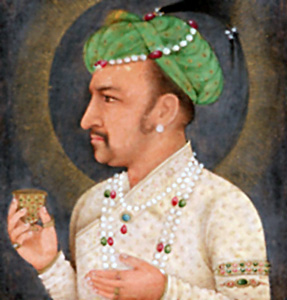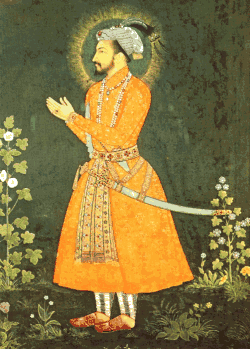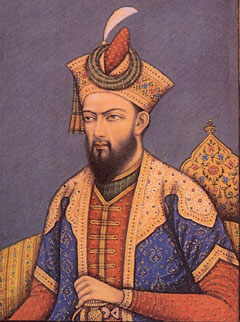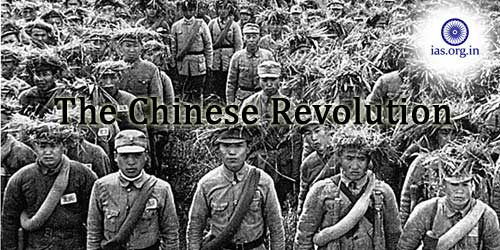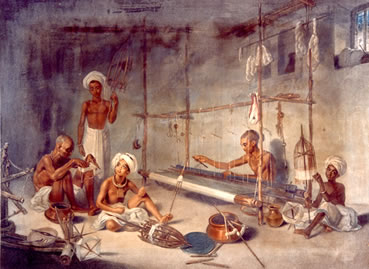When Aurangzeb,the de facto last representative of the mighty Mughal Empire, at the age of 90 died in March 1707, a war of succession to the throne began between his sons- Muazzam, who was also known as Shah Alam, the eldest one, Muhammad Azam and Kam Bakhsh.
When Muazzam received the news of his father’s death, he was at that time in Afghanistan; he hurried back to Agra and dispossesses, rather murdered his brothers to capture the throne and the legacy left behind by Aurangzeb. In June 1707, Muhammad Azam was killed and in the year 1709 Kam Bakhsh was killed in Hyderabad. He did not even spare his brother’s son fearing they might become a threat in the future. After crowning himself (in 1707) he took the title of Bahadur Shah and after ruling for five years he died when he was in his late sixties.
Must Read: Impact of Religious Policy of Aurangzeb on Mughal Empire
Reign of Jahandar Shah: Mughal Empire deteriorated
The death of Bahadur ShahI in 1712, predictably, was followed by a war of succession among his four sons in which Jahandar Shah emerged successful and ascended the throne on 29 March, 1712.
When Jahandar Shah, who was known to be frivolous, reckless and pleasure loving, became the emperor he raised the status of Lal Kanwar to that of an empress; Lal Kanwar belonged to a family of musicians to whom he was devoted.
At first the family member of Lal Kanwar were appointed to important administrative posts; however, due to the neglect of Jahandar Shah, gradually they took the charge of entire administration in their hands.
It was due to these relatives’ misappropriation of Shahi Treasury and mismanagement of State the conditions in the Empire deteriorated very quickly.
Also Read: The Vijayanagar Empire: Social life and Economic condition
Farukh Siyar’s reign: Way for Colonial Rule
Farrukh Siyar, the nephew of Jahandar Shah, after seizing the power by defeating his uncle and then strangling him, blinded all his rival Mughal princes to secure that the throne would be his.
The reign of Farrukh Siyar, who proved to be a poor ruler because he depended completely on his allies, the Saiyyids, who had helped him in acquiring power, was marked by the granting of some undue trade privilages to the English East India Company, that proved harmful to the economic interest of the Empire. In fact, his actions prepared and paved the way to the establishment of British rule in Bengal.
Farrukh Siyar was dethroned, blinded and imprisoned by his allies, the Sayyids, who had finally turned against him. When he tried to escape they after killing him buried Farrukh Siyar in Humayun’s tomb.
Read Also: Centralized Administration of Mauryan Empire
Reign of Muhammad Shah: Breaking up of Mughal Empire
Muhammad Shah, at the age of 17, was raised to throne, where he remained for almost 30 years, by the Saiyyid brothers. According to most of the contemporary historians Muhammad Shah was an ineffectual and pleasure loving individual who acted like a imperial puppet at the hands of the Saiyyid brothers who continued to rule through him for a few years, for Muhammad Shah did try to get rid of them with the help of those Mughal nobles who were offended by the supremacy of the Saiyyid brothers. Muhammad Shah finally, in 1722, got success in dispossessing the Saiyyids.
However, after the disposal of the Saiyyid brothers from power, the emperor Muhammad Shah did not pay attention to strengthen his empire, instead he remained busy in seeking pleasures. Although he ruled for a very long period, province after province became independent and the mighty Mughal Empire started to break up due to his explicit lack of interest in the affairs of the State.
During all those years when Muhammad Shah remained an emperor till his death in 1748, Afghanistan, then called Kabul, which had been the part of the Mughal Empire, was under the governorship of Nasir Khan. But Nasir Khan was a weak person; this provided an opportunity to Nadir Shah, a new but brave and courageous military leader, to seize power.
In 1739 Nadir Shah invaded India and defeated the Mughal Empire army very comprehensively. Sensing that it would be useless to resist, Muhammad Shah tried to negotiate with Nadir Shah with the hope of saving his empire. However, Nadir Shah did not oblige him and drained the treasury and carried off with the Peacock Throne.
Must Read: The Revenue System under Mughal Administration
Ahmad Shah: The Emperor of Harem
Ahmad Shah remained emperor from 1748-54. He was a completely ineffectual ruler. The story of him getting the name of the ‘Emperor of Harem’ goes like this: he was, in fact, brought he liked nothing better than spending all his time in harm. This earned him the name ‘emperor of the harm’.
Ahmad Shah was blinded and deposed by the son of the Nizam of Hyderabad, Ghazi-ud-Did who had himself with the Marathas in 1754; after this he lived in confinement till his death.
Alamgir II: the Mughal Empire slipped into anarchy
Alamgir II or Aziz-ud-Did, the sixteenth Mughal emperor of India between 1754 and 1759, was an elderly son of Jahandar Shah. As he had spent most of his life in prison, Alamgir II when he was placed on the throne after Ahmad Shah, was not fully prepared to rule. He tried to copy Aurangzeb by taking the name of Alamgir as Aurangzeb had acquired the name Aurangzeb Alamgir at the time of his accession to the throne. However, the irony behind this act of Aziz-ud-Did was that at the time of his accession he was already 55 years old and possessed none of the talents of Aurangzeb.
During the rule of Alamgir II, British gained control of Bengal in 1757, the Marathas encroached from the South and the Sikhs became independent with an amazing rapidity in the Punjab. And finally in 1756, Ahmad Shah Durrani gained control of the North, and the status of Alamgir was reduced to a puppet who was ruling over an empire where anarchy predominated.
Also Read: Mughal Architecture
Last Mughal Rulers: Puppets of the British
According to most of the contemporary modern historians the Mughal rulers who followed Aurangzeb became British or French puppets because the Mughal Empire was unprepared, and some how intruders.
The British, by the middle of the nineteenth century, were controlling the enormous tracts of the Mughal Empire and other states as well. Technically, the British had the status of agents of the Mughal Empire but in reality they had the complete power.
Shah Alam was taken under British ‘protection’ in 1803; although he was the official emperor who ruled from Delhi, he was totally under the command of the British who kept him a prisoner and he had to do what they asked him to do. This arrangement of proxy ruling, under the protection of the British, continued with the succeeding Mughal rulers too until Bahadur Shah II, the last emperor, rather ruler, of the mighty Mughal Empire.
Don’t Miss: Cultural Achievements of Akbar



